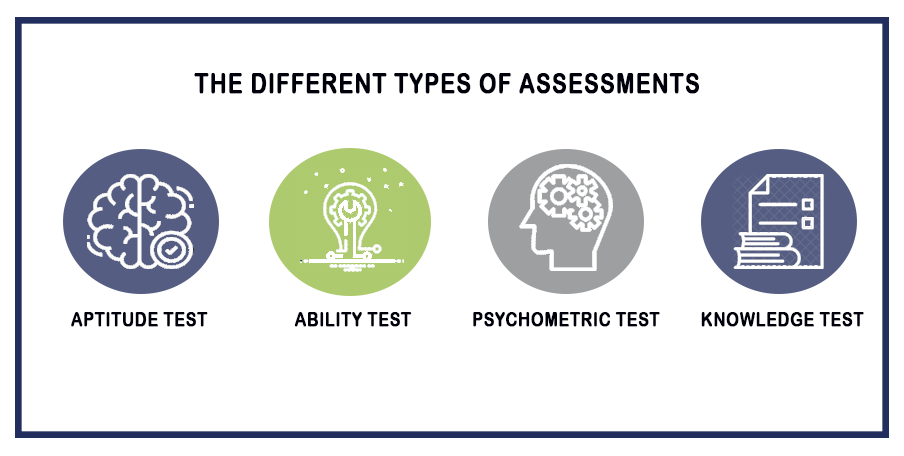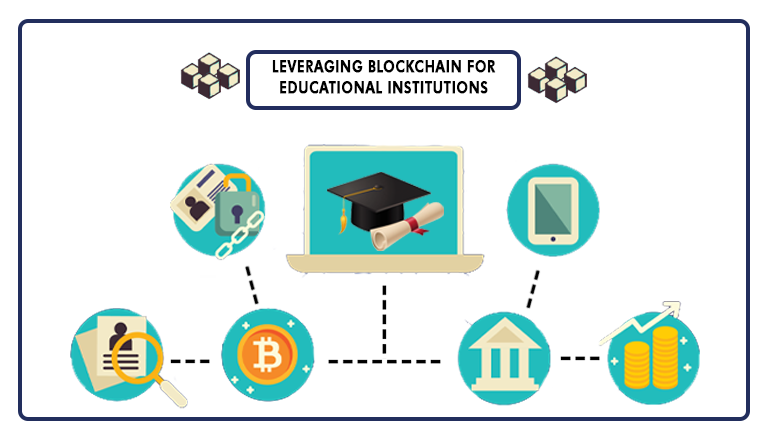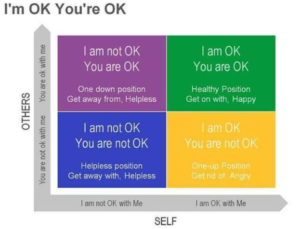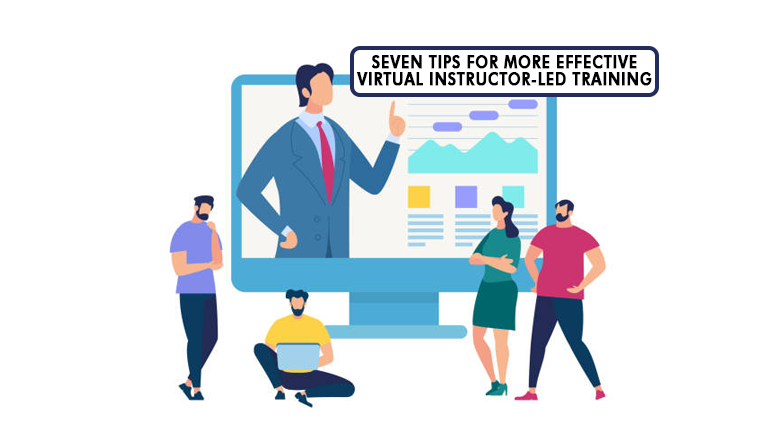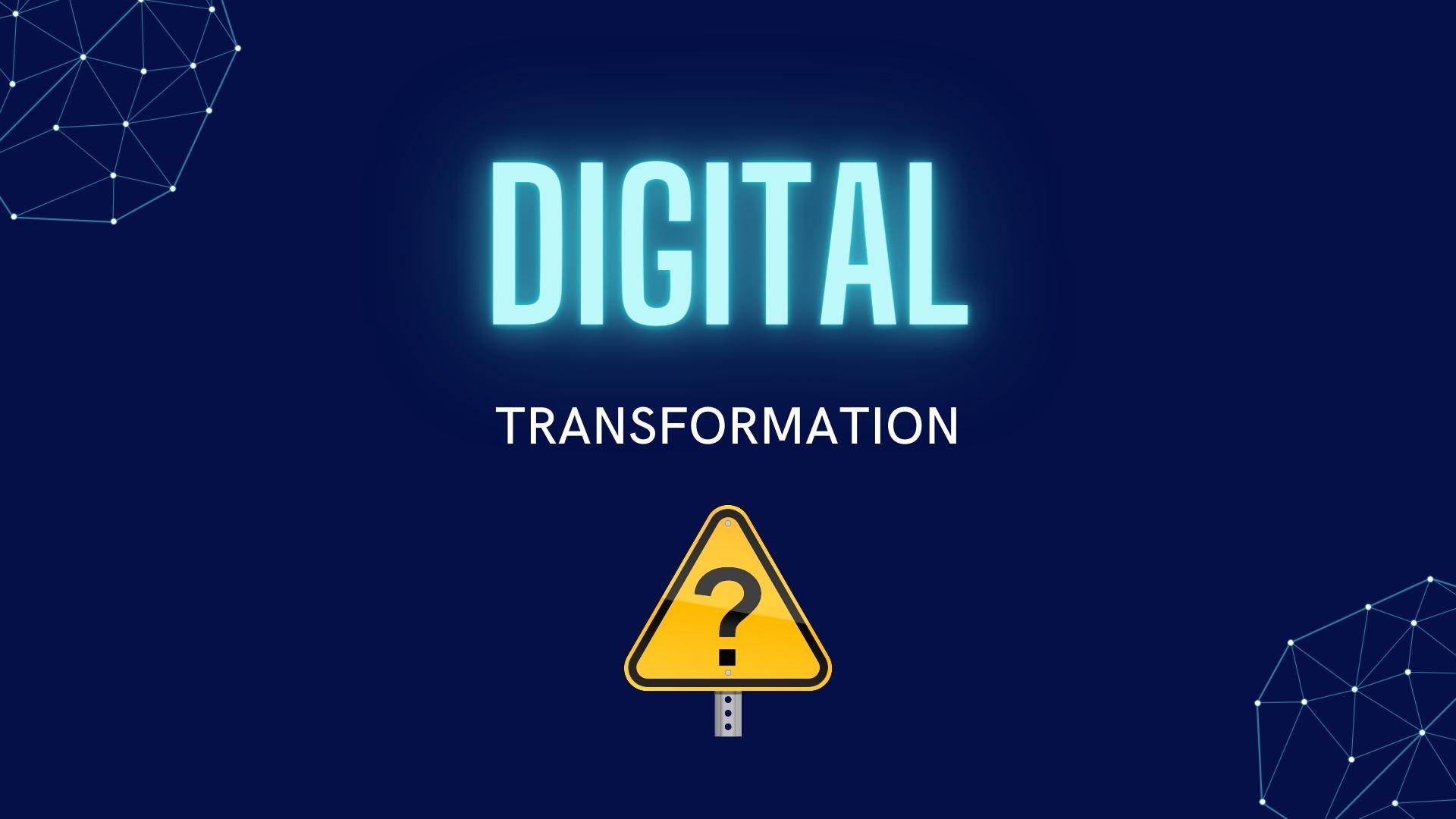According to recent statistics, 90% of organizations now use e-learning as part of their learning & development offerings. That’s not surprising when we consider that a company like IBM has reportedly saved almost $200 million by switching from traditional training to e-learning. However, research by Statista shows that face-to-face learning is still the most preferred method of receiving learning by corporate employees, probably owing to the higher interaction and engagement levels usually associated with in-class training. So, how can organizations leverage the cost and convenience benefits of e-learning while maintaining the interaction and engagement benefits of in-class learning?
In this blog post, we’ll answer this question and help you discover how to create the right balance between the two by leveraging blended learning techniques.

The Two Main Learning Modalities
There are two main ways by which learning content can be delivered to learners in any organization. You must have already heard about them but let’s give you a quick brief of each of these modalities.
Synchronous Learning
Synchronous learning is learning that occurs at conditions of synchronicity of time, and not necessarily place. This means that the instructor and the learner meet at the same time. They can meet in a face-to-face in-class setting or in a virtual setting. In all cases, the learner must adjust their schedule to the schedule of the learning program to be able to attend and progress. Although it does not provide flexibility and convenience to learners, synchronous learning is one of the best ways to create an engaging, exciting learning environment.
Asynchronous Learning
Asynchronous learning is learning that occurs at conditions of asynchronicity of time and place. This means that the instructor and learner do not need to meet at the same time nor place for learning to take place. In other words, this is learning that is entirely self-paced and the learner can pursue it at their own time and convenience. Although the flexibility benefits provided by this learning modality cannot be understated, there is a notable decline in the levels of engagement and interactivity associated with this type of learning, as reported by instructors and learners alike.
So what can you do to leverage the pros of both while downplaying their cons? Blended learning!
What is Blended Learning?
Blended learning is that modality of learning by which the two previously mentioned approaches are ‘blended’ or ‘mixed’ together. According to KMPG, using this blended approach enabled IBM managers to learn five times more content at one-third of the cost of a classroom-only program. Moreover, although the managers had originally said they prefer face-to-face training, after trying the blended approach, they declared that they preferred this approach to traditional training.
Therefore, done right, blended learning can leverage the pros of both modalities. Done wrong, blended learning can shed the light on the cons of both. So before you get excited and decide to create any random mix of synchronous and asynchronous training, take the time to read the below tips on how to make the perfect blend.

Top Effective Blended Learning Techniques
- Make the right blend of theory & practice
Any well-designed learning program must contain a healthy balance between theory and practice. The best blend is to provide the theory component of the program in bite-sized content for self-paced learning, while adding the practice component of the program to the in-class sessions. By doing that, you help the learners grasp the theoretical topics at their own pace while leveraging the power of social learning to apply what they have learned through interaction and feedback.
- Build interest through experiential learning
One of the biggest drivers behind learner success is the learner’s level of interest in the topic of study. Very often, learning & development professionals make the mistake of assuming that learners will simply ‘like’ to take the programs they offer. However, in the absence of a clear purpose, interest in the program may never arise and learning becomes more about ticking an item off the employee’s to-do list rather than a beneficial experience into which the learners fully immerse themselves. This is where blended learning comes in handy. You can start off your programs by in-class sessions that use experiential activities to shed light on the learning gap and build interest to motivate learners to bridge that gap. After subtly gaining buy-in in this way, you can then ask your employees to take your company-provided self-paced programs to bridge the identified gaps.
- Build communities of practice
Learning is easier said than done. A common mistake is to assume that by achieving a high course completion rate that the course has been a success. Experience teaches us that this is not the case. The true measure of any program’s success is not the number of employees who report completion but rather the number of employees who apply what they have learned on the job. Consequently, any seasoned L&D professional knows that course completion is only the beginning of the road. You must follow up on it with continuous support and refreshers to reinforce learning and ensure implementation. Using blended learning is one way to provide that continuous reinforcement. How? A common technique is to follow up on your company’s completed self-paced programs by creating communities of practice. You create communities of practice by inviting employees who completed the programs to meet at regular intervals to set plans of implementation, success stories, and lessons learned.
- Add an element of learning by teaching
Another effective way of implementing blended learning to increase learning effectiveness is to follow up on your self-paced programs with learner-led summary sessions. In these sessions, you can invite learners to take turns to present to other employees the summaries of the modules they have learned. By using the ‘learning by teaching’ technique, strongly advocated for by world renowned writer, Stephen Covey, you will increase the level of retention of your learners to reach 90%.
Revamp Your Blended Learning
These were our top techniques for developing effective blended programs. So, if you have your own in-class programs and want to start mixing in some self-paced content to increase flexibility and convenience, check out our e-learning courses. We offer e-learning programs on a wide array of topics ranging from compliance topics such as health and safety to business and leadership development. And for further inquiries, we would always be happy to hear from you at enquiries@xpertlearning.com.


